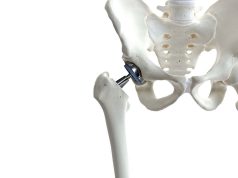Children from lowest-income neighborhoods have increased mortality, longer hospital stay
FRIDAY, Feb. 23, 2018 (HealthDay News) — Children undergoing cardiac surgery from the lowest-income neighborhoods have worse outcomes, according to a study published online Feb. 22 in Pediatrics.
Brett R. Anderson, M.D., from Columbia University Medical Center in New York City, and colleagues examined the correlations between median annual household income by zip code and mortality, length of stay, inpatient standardized costs, and costs per day over and above the effects of race and payer. The correlations were assessed for children undergoing cardiac surgery (2005 to 2015) and for all pediatric discharges from 2012 to 2015. A total of 101,013 cardiac surgical hospitalizations and 857,833 total hospitalizations were identified from 46 institutions.
The researchers found that, compared with children from the highest-income neighborhoods, those from the lowest-income neighborhoods who were undergoing cardiac surgery had increased mortality (odds ratio, 1.18), longer length of stay (7 percent longer), and higher standardized costs (7 percent higher). Results were similar for all children, including those with and without any major chronic conditions. Differences in race, payer, or the centers at which patients received care partially explained the effects of neighborhood. No differences were seen in the costs per day.
“Children from lower-income neighborhoods are at increased risk of mortality and use more resource intensive care than children from higher-income communities, even after accounting for disparities between races, payers, and centers,” the authors write.
Copyright © 2018 HealthDay. All rights reserved.








